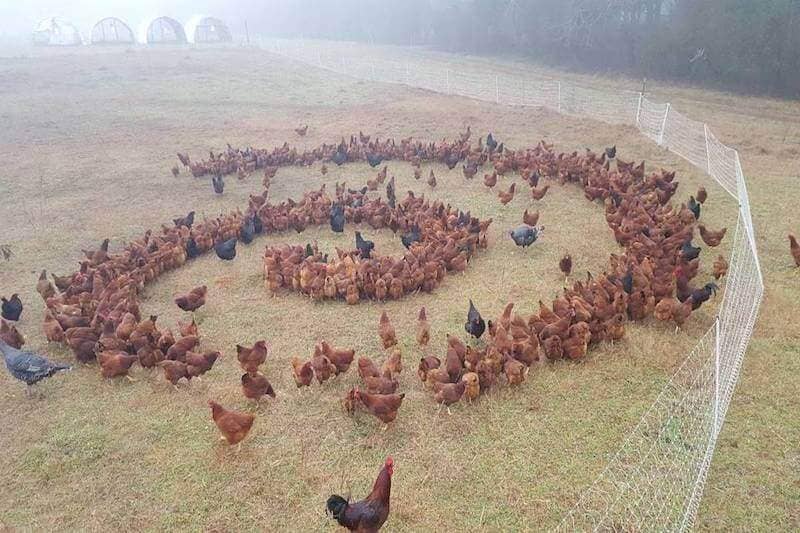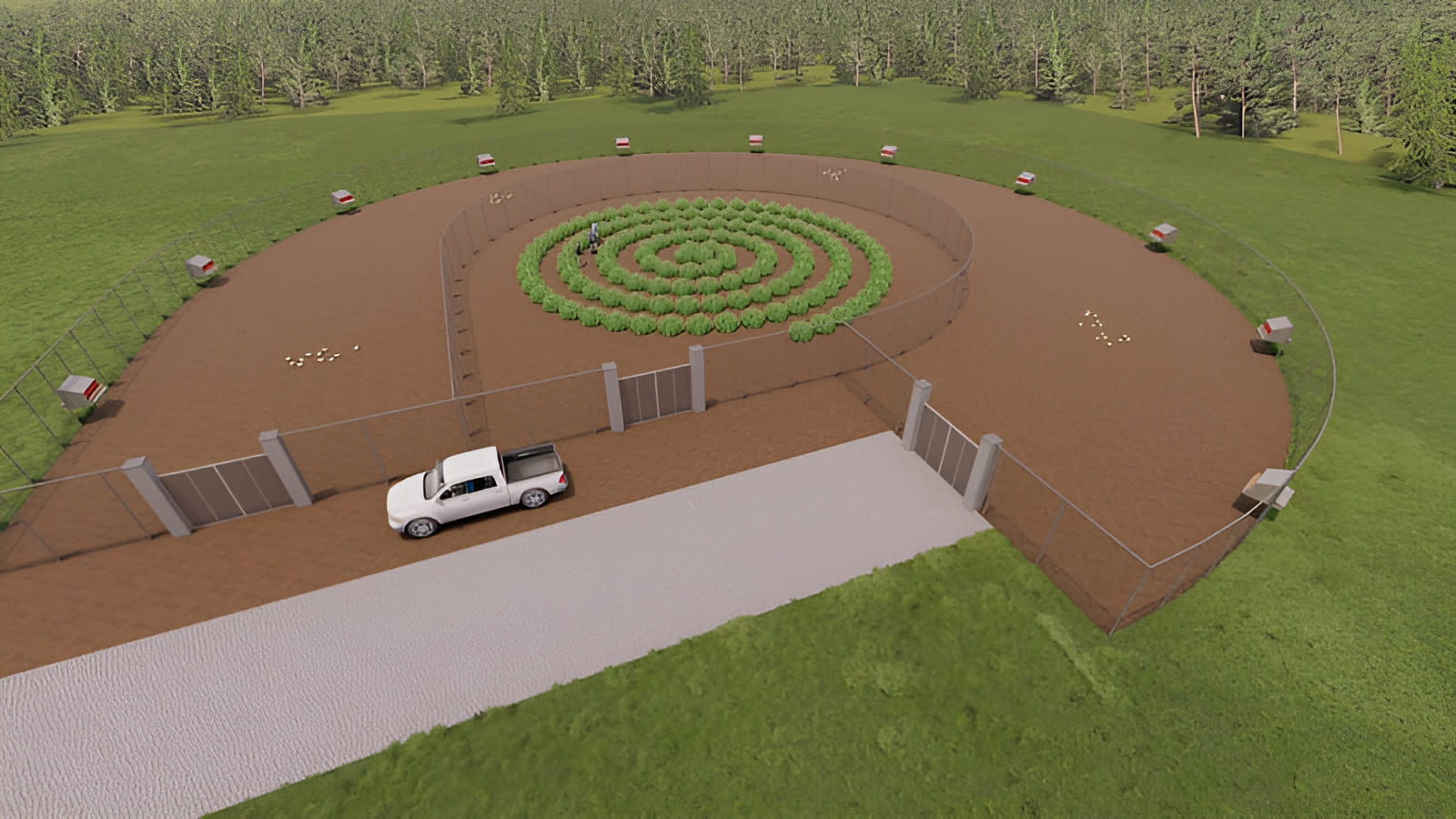
Broiler chickens reared on factory farms typically live in large sheds that can house 20,000 - 30,000 birds. These conditions are tightly controlled by computers that manage heating, ventilation, as well as the distribution of food and water. However, the sanitation of these sheds leaves much to be desired as cleaning only occurs at the end of each growth cycle. This leaves the chickens in environments characterized by feces-laden floors and ammonia-saturated air.
Such congested and unsanitary conditions make for easy transmission of diseases, and overuse of antibiotics is a common solution within the industry. Experts warn that this excessive antibiotic use is leading to increased human resistance to these antibiotics which are used to combat diseases in chickens.
In factory farms, chickens are confined to spaces no larger than a sheet of paper for their entire lives. The comparison is stark when one realizes that a roasted chicken enjoys more space in the oven than it did when alive in a factory farm. As expected, such stressful conditions result in substandard meat and egg production. The resultant meat is often fatty and tough, while the eggs are small and thin shelled.
Factory chicken farms, often referred to as industrial poultry farms, are examples of intensive animal agriculture that cause several environmental issues. These environmental problems include:
However, Crop Circle Chicken Farms ® presents an alternative to such factory-reared, genetically modified chickens that are force-fed to mature quickly, causing their organs to struggle to keep up with their rapid weight gain.

At Crop Circle Chicken Farms, chickens are allowed to roam freely within a circle shaped sanctuary. Within this haven, 300 chickens have the freedom to forage for their sustenance. Hens lay their eggs in elevated coops that are strategically aligned outside the perimeter of the circle shaped enclosure. As a result, both the meat and eggs produced are of superior quality in terms of appearance, quality, and taste.
Chickens are raised in a circular enclosure that surrounds a vegetable growing area in the shape of a spiral. This unique layout not only maximizes space but also leverages the natural behaviors of the chickens to enhance the farming ecosystem. As the chickens move about the enclosure, they naturally fertilize the soil with their droppings, enriching the ground and preparing it for the cultivation of subsequent vegetable crops. The chicken droppings can also be harvested and converted into nutrient-rich compost tea, an organic fertilizer that further supports the growth of healthy plants.
The farm design takes sustainability a step further by incorporating climbing plants, such as pole beans and peas, which are cultivated along the fencing that encloses the farm. These climbing plants serve a dual purpose: they contribute a third income stream by providing additional crops for sale, and they offer a nutritious source of feed for the chickens. The integration of these plants into the farm’s ecosystem reduces the need for external feed sources and enhances the overall sustainability of the operation.
This innovative system exemplifies a harmonious and sustainable approach to food production, where chickens and plants coexist and thrive together. By combining poultry and vegetable farming in this integrated manner, the farm creates a self-sustaining cycle of growth, nourishment, and production. This approach not only yields high-quality produce and eggs but also promotes environmental health, reduces waste, and supports the welfare of the animals, making it a model for sustainable agriculture.
In essence, co-cultivating chickens and vegetables creates a sustainable and efficient system that mutually benefits both flora and fauna. It offers a viable way to reduce waste, improve soil health, and boost productivity on a chicken farm.

The Crop Circle Chicken Farm spans roughly two acres and is designed with a central spiral vegetable production area. Surrounding this spiral are 11 strategically placed chicken coops. Each coop is equipped with two elevated beds on opposite sides, providing the chickens with easy access to the beds from the pen's interior. The open design ensures that chickens can freely move between the beds and the pen, promoting natural behavior and comfort. Access to each pen is granted through a door located on the exterior side of the pen, ensuring easy maintenance and care.
To further enhance efficiency, each coop is outfitted with a drop tray on both sides. These trays are designed to collect eggs outside the pen, allowing for easy egg gathering without disturbing the chickens.
The circular pen layout can accommodate up to 300 chickens and is projected to yield approximately 80,000 eggs in the first year. The central spiral vegetable area is equally productive, capable of producing up to 10,000 pounds of vegetables per season, depending on the crops planted.
This farm represents a cutting-edge approach to poultry and vegetable production, emphasizing sustainability and animal welfare. By prioritizing free-range practices and natural feeding, the farm not only enhances the quality of life for the chickens but also improves the quality of the eggs and vegetables produced. This innovative model demonstrates the potential of integrated farming systems to provide a superior alternative to traditional methods, delivering high-quality products while promoting environmental stewardship.
Ready to transform your land into a high-yield, sustainable farm? Let Crop Circle Farms design and build a custom, low-impact, and water-efficient farm tailored to your needs. Double your income and cut your costs in half! Contact Us
Help us expand our mission to revolutionize agriculture globally. We are seeking partners to implement Crop Circle Farms to feed people in need. Together, we can build scalable food production systems that save water, reduce costs, and feed thousands of people. Contact Growing To Give